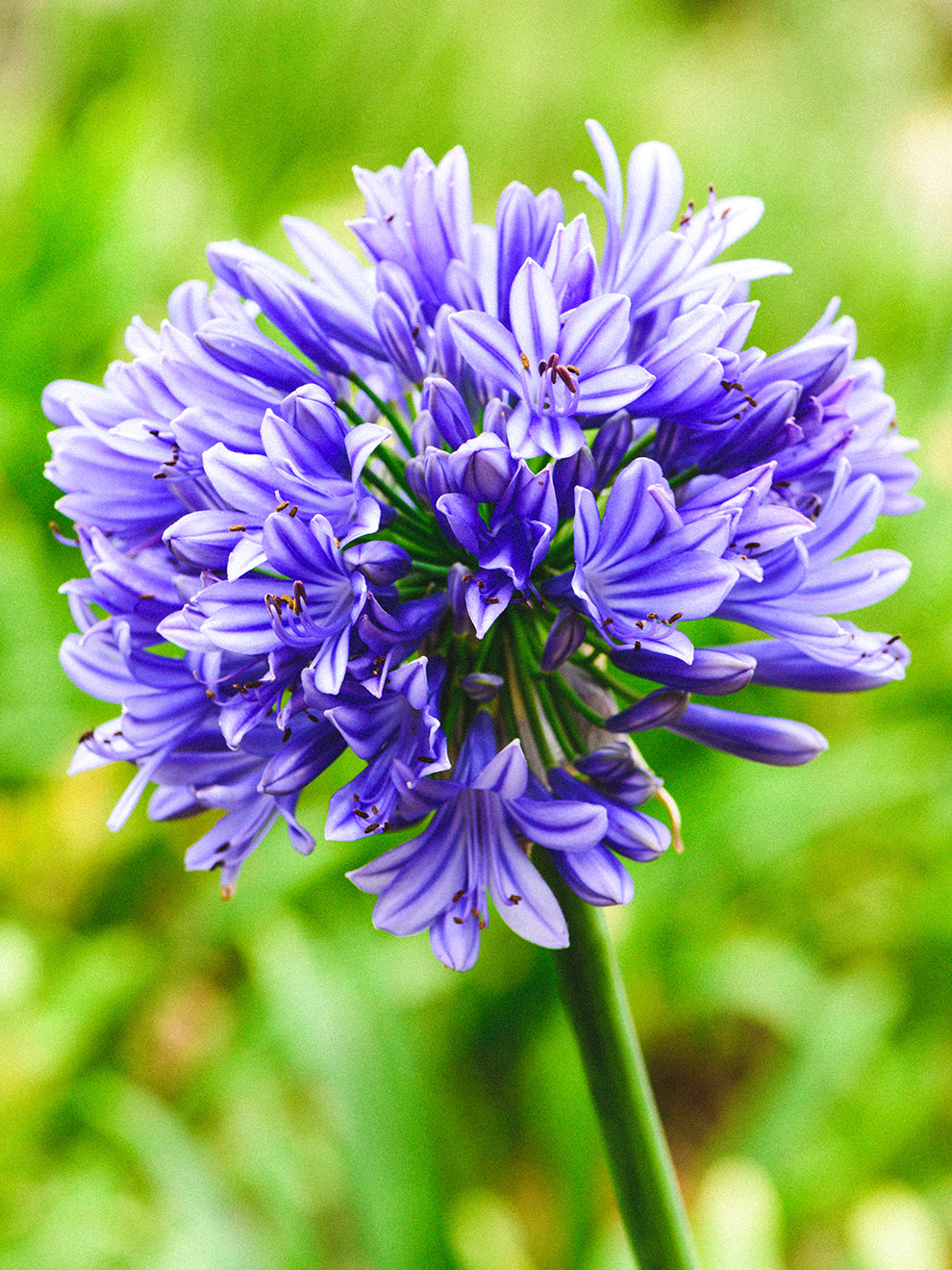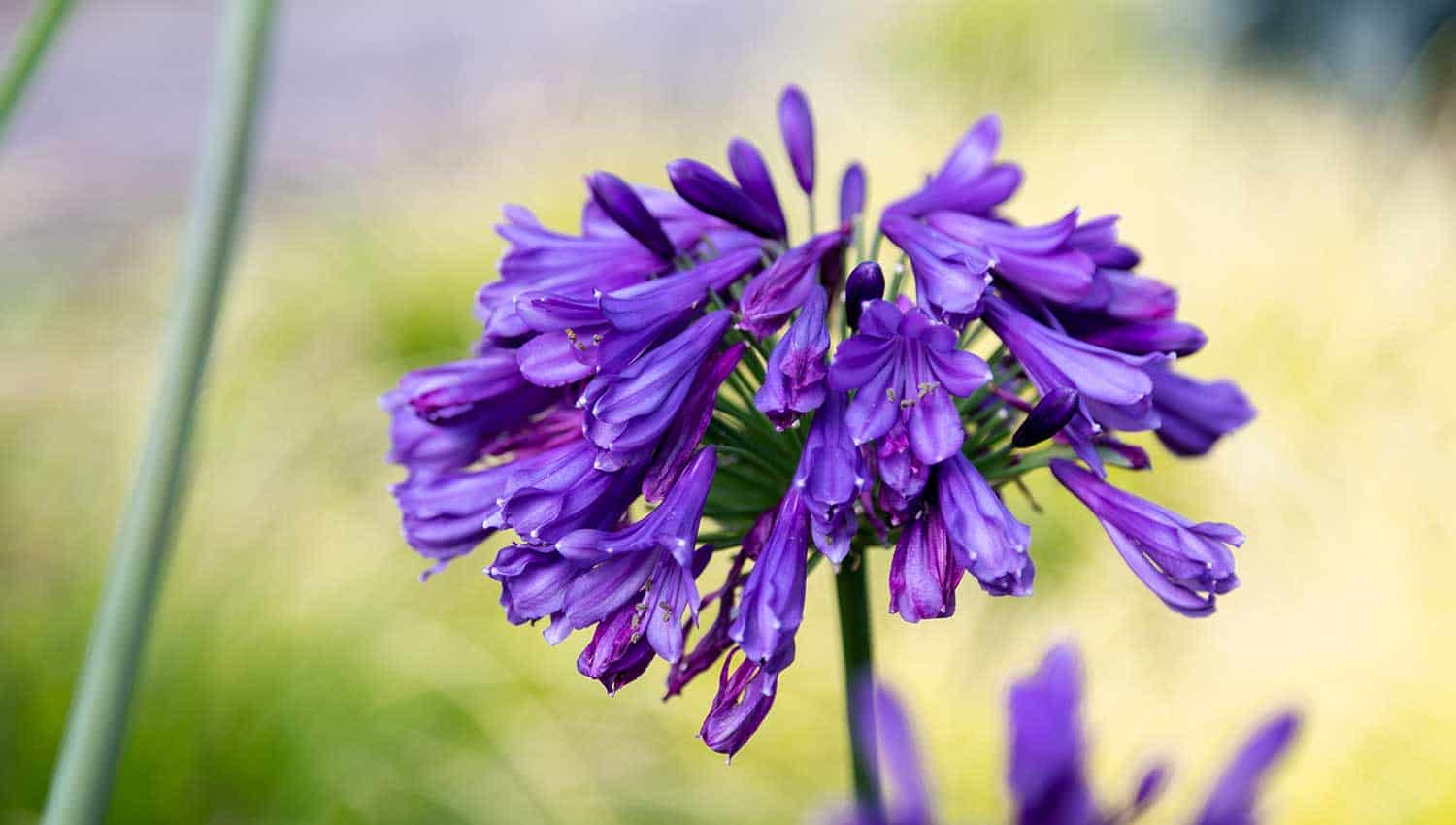How to Plant and Maintain Agapanthus in Your Garden
How to Plant and Maintain Agapanthus in Your Garden
Blog Article
Unleashing the Secret to Effective Agapanthus Farming: Advice for a Flourishing Yard
In the world of horticulture, growing agapanthus effectively calls for a critical technique that includes different aspects of plant treatment. By comprehending the subtleties of agapanthus cultivation, one can produce a setting where these plants flourish and bloom generously.
Growing Agapanthus: Best Practices
When planting Agapanthus, appropriate soil preparation is crucial for ensuring successful development and growth of these stunning blossoms. Agapanthus, typically referred to as Lily of the Nile or African lily, flourishes in well-draining soil with a slightly acidic to neutral pH degree - Agapanthus. Before growing, it is vital to change heavy clay dirts with natural issue such as garden compost or peat moss to enhance drainage and offer necessary nutrients for the plants
To grow Agapanthus, choose an area that obtains full sunshine to partial color, as this will promote healthy and balanced growth and plentiful blooming. Dig a hole two times the size of the plant's origin ball and place the Agapanthus at the exact same depth it was formerly expanding. Gently backfill the hole with dirt, weighing down firmly to eliminate any kind of air pockets around the roots.
Water the newly planted Agapanthus completely and continue to keep the soil equally damp, especially throughout the plant's active growing period. Agapanthus. Applying a balanced fertilizer once a month can further sustain the plant's growth and blooming. By complying with these ideal methods for planting Agapanthus, you can develop a spectacular display of these captivating flowers in your garden
Ideal Soil Conditions for Agapanthus
For optimal growth and blooming success of Agapanthus plants, making certain the soil problems are suitable is critical. Agapanthus chooses soil that is abundant in nutrients, so including a balanced fertilizer throughout the growing season can promote healthy development and vibrant flowers.

Watering and Fertilizing Tips
To ensure healthy and balanced development and lively blossoms, appropriate watering and fertilizing methods are necessary for successful Agapanthus farming. Agapanthus plants benefit from regular watering, specifically throughout the growing season.
When it involves fertilizing Agapanthus, a balanced fertilizer with equal components nitrogen, phosphorus, and potassium can be check it out applied in the springtime to promote healthy growth and blooming. Slow-release fertilizers are ideal for supplying nutrients gradually over an extended duration. Stay clear of over-fertilizing, as this can result in too much vegetation growth at the expenditure of blooms.
Additionally, including raw material like garden compost right into the soil can boost nutrient degrees and improve soil structure, assisting in the general health and wellness of the Agapanthus plants. By following these watering and fertilizing suggestions, gardeners can ensure their Agapanthus plants thrive and produce stunning display screens of blossoms.
Pruning and Deadheading Techniques
Appropriate pruning and deadheading techniques play a critical function in keeping the health and looks of Agapanthus plants, complementing the crucial practices of watering and fertilizing for successful farming. Pruning Agapanthus entails getting rid of spent blossom heads, dead or yellowing leaves, and overall shaping of the plant to promote better growth. Deadheading, the process of removing faded flowers, not just boosts the plant's appearance yet likewise urges further growing.
When deadheading Agapanthus, it is recommended to clip off the flower stem at the base using sharp, clean shears. This visit this web-site process reroutes the plant's power from seed production back right into origin and vegetation development, advertising a much healthier and extra durable plant. Routine deadheading can expand the blooming period of Agapanthus and avoid self-seeding, which can lead to overcrowding.
In terms of pruning, Agapanthus typically take advantage of a light trim after flowering to clean up the plant and motivate fresh development. Cutting down the spent blossom stems and removing any type of dead or broken foliage helps maintain the plant's vitality and general appearance. However, it is necessary to stay clear of cutting into the crown of the plant, as this can weaken its health and wellness.

Protecting Agapanthus From Vermins and Diseases
Applying efficient parasite and disease monitoring methods is crucial to securing the wellness and vitality of Agapanthus plants in growing. One usual pest that affects Agapanthus is the Agapanthus borer, a caterpillar that tunnels into the plant, triggering damages to the blossoms and fallen leaves.
In addition to pests, Agapanthus are susceptible to diseases such as origin rot and fungal fallen leave areas. By staying vigilant and addressing bug and illness problems quickly, gardeners can aid their Agapanthus prosper and thrive.

Conclusion
To conclude, effective cultivation of agapanthus calls for proper growing strategies, optimal dirt problems, ample watering and fertilizing, routine trimming and deadheading, and security from insects and conditions. By adhering to these techniques and pointers, garden enthusiasts can ensure a flourishing garden full of beautiful agapanthus blooms. Agapanthus. Bear in mind to maintain constant treatment and attention to detail to promote the health and long life of these stunning plants
When planting Agapanthus, correct soil prep work is vital for ensuring effective development and development of these stunning flowers.Water the newly grown Agapanthus extensively and continue to keep the dirt equally moist, especially during the plant's active expanding period.For optimum growth and flowering success of Agapanthus plants, making sure the dirt problems are excellent is critical. When growing or hair transplanting Agapanthus, ensure the dirt is well-prepared to provide the necessary structure for the plants to establish themselves successfully. One common pest that affects Agapanthus is the Agapanthus borer, a caterpillar that passages try this web-site into the plant, triggering damage to the fallen leaves and blossoms.
Report this page